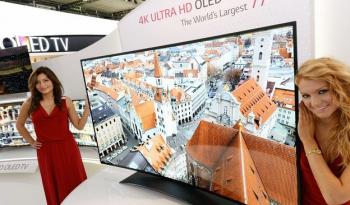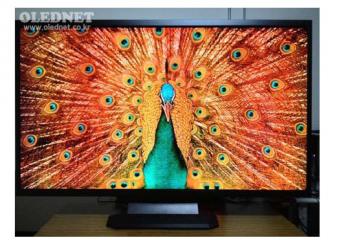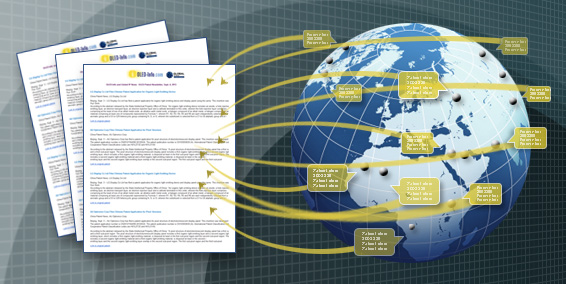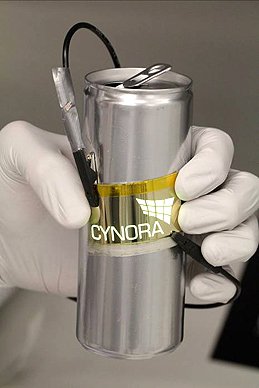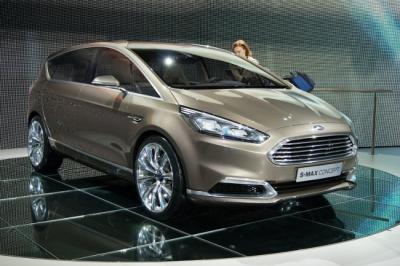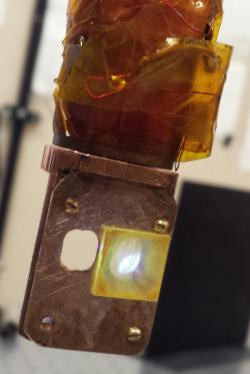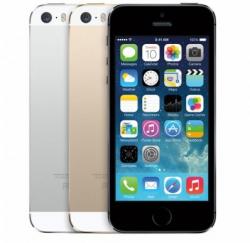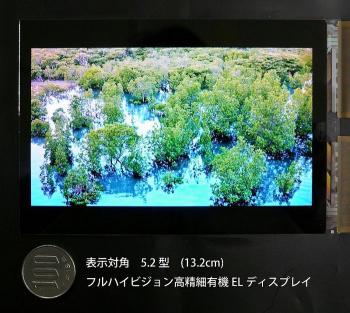World's thinnest, flexible keyboard enabled by printed electronics
CSR Pls developed the world's thinnest wireless touch keyboard and demonstrated the device at IFA 2013. This flexible keyboard is only 0.5 mm thick and connects to any device via CSR's low-power Bluetooth technology.
The keyboard is produced using printable electronics technology provided by Atmel and Conductive Inkjet Technology (CIT). Atmel provided their touch silicon and CTI enabled the flexible membrane using their printed conductor technology. They use a reel-to-rell printing process to apply copper (or other conductors) to the surface of the ultra-thin and flexible membrane.


